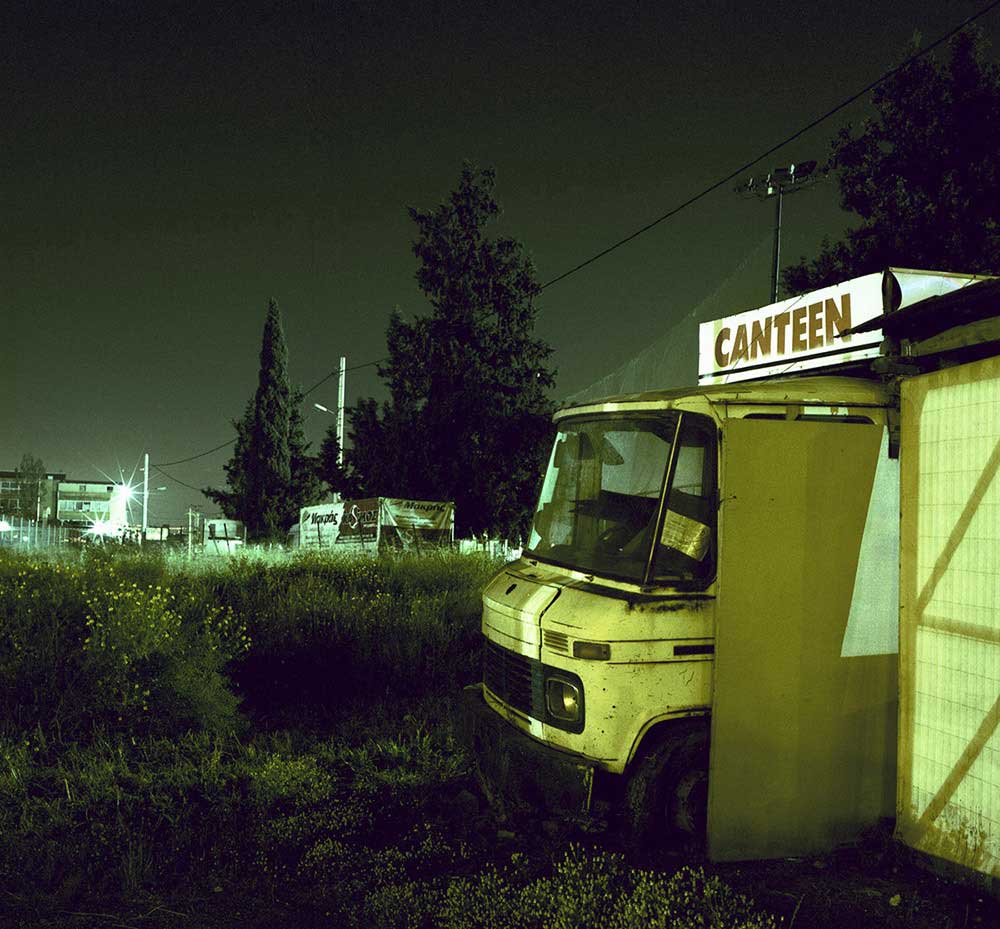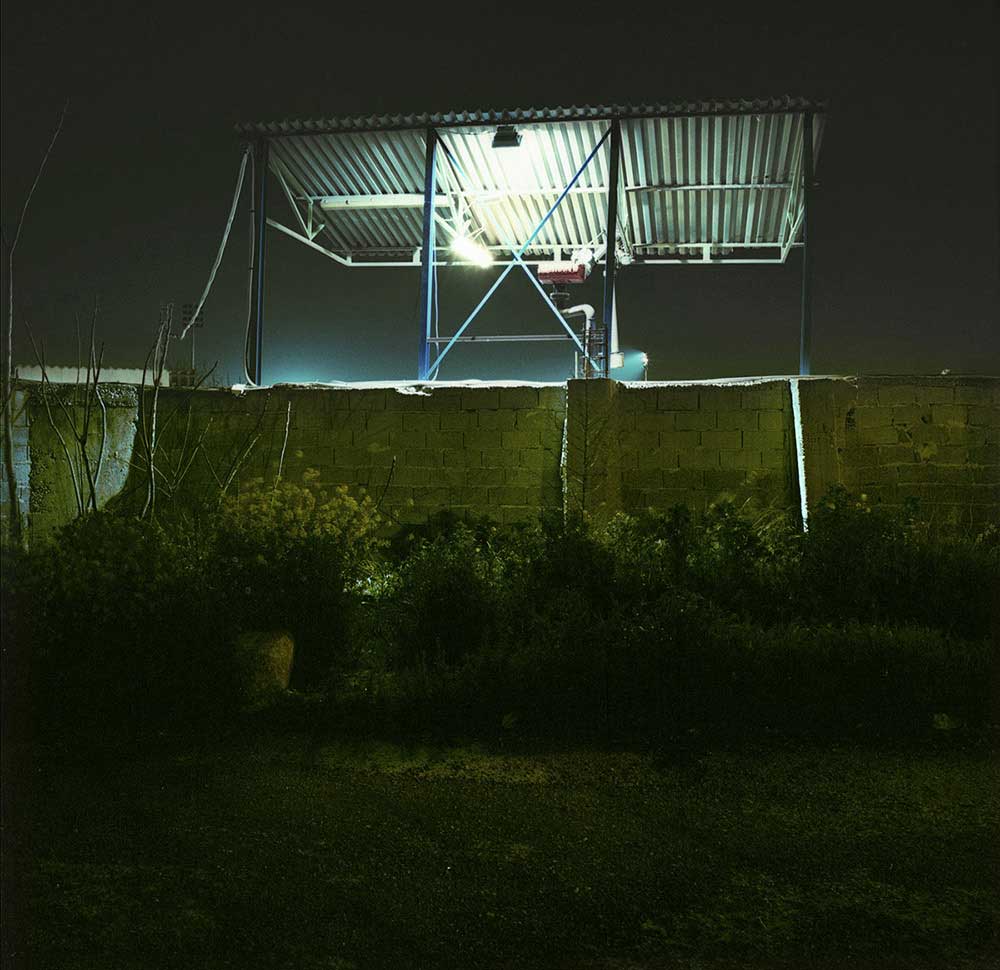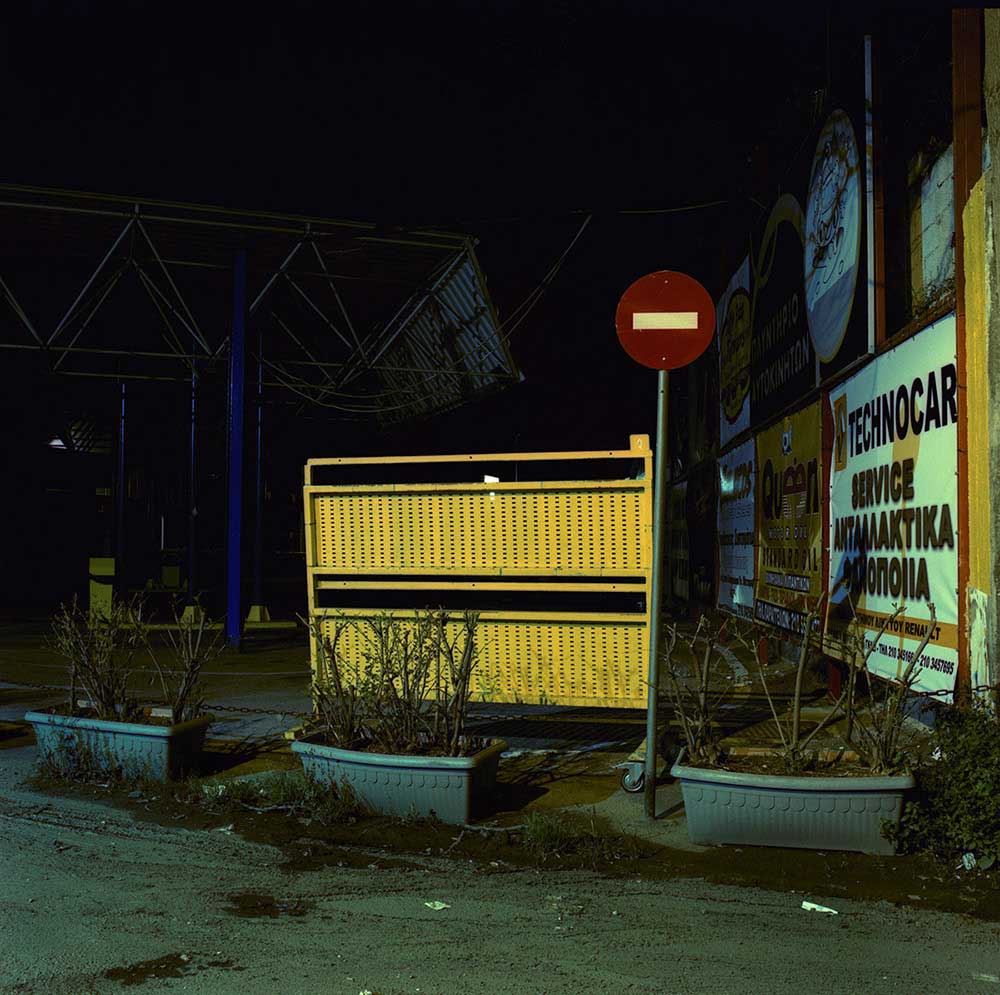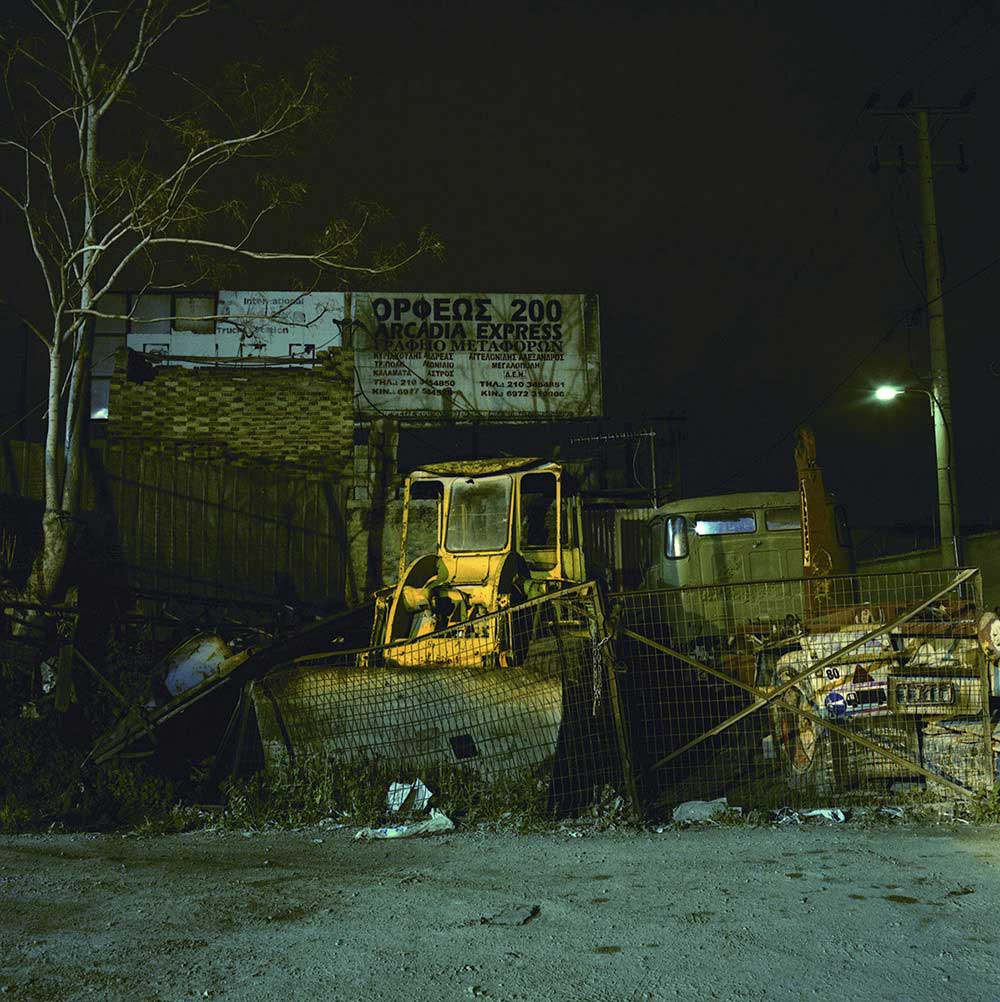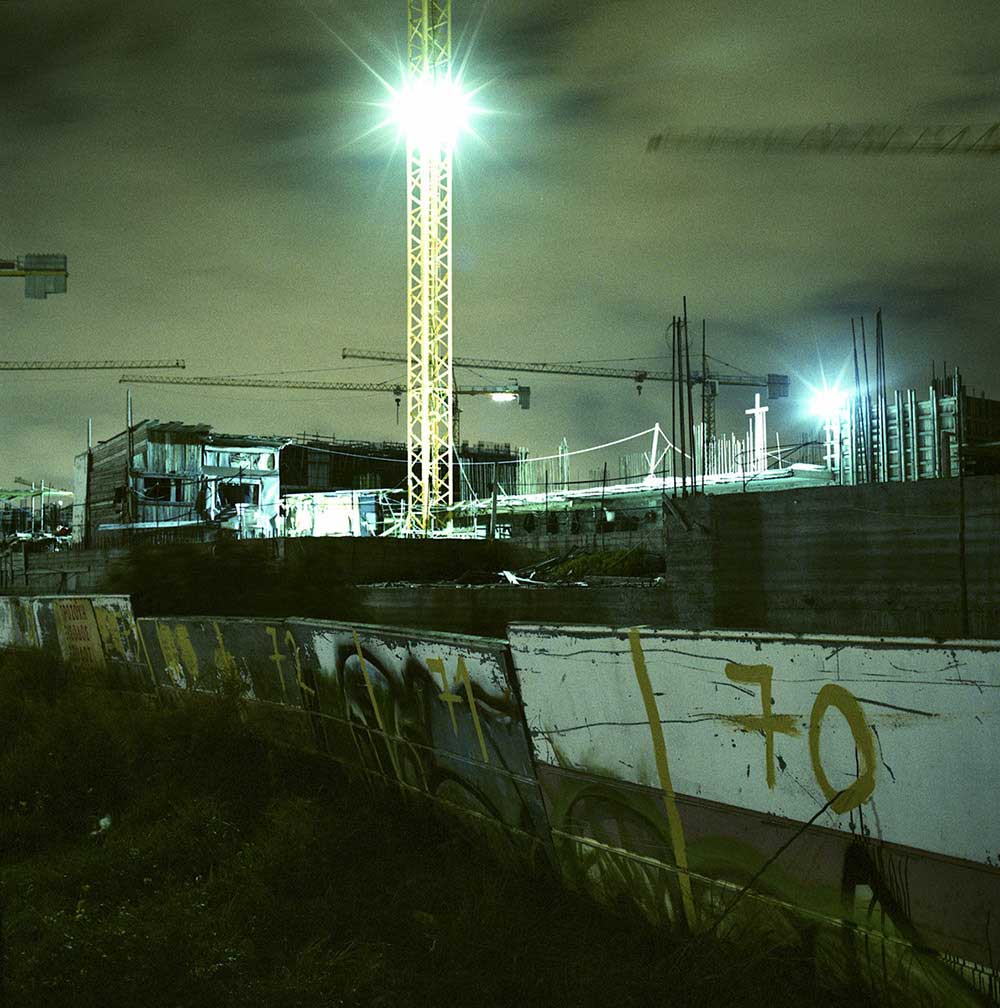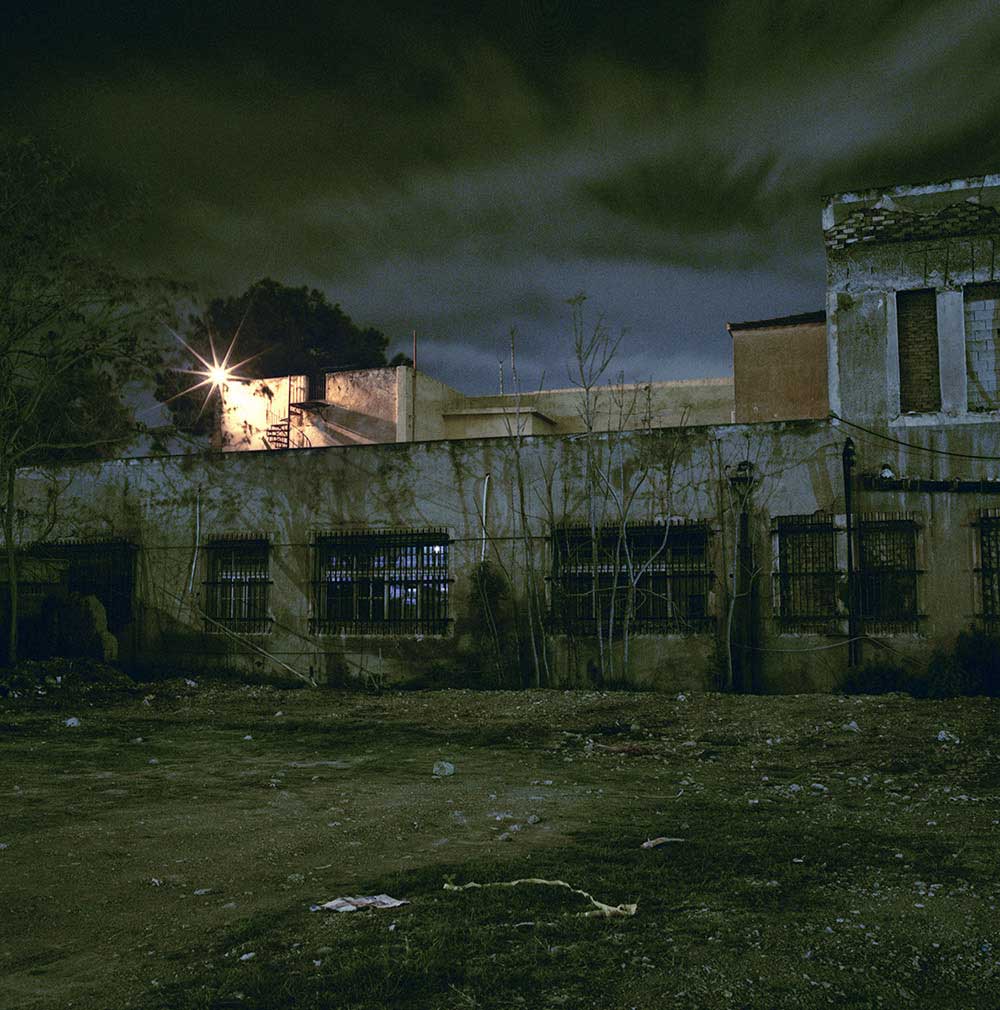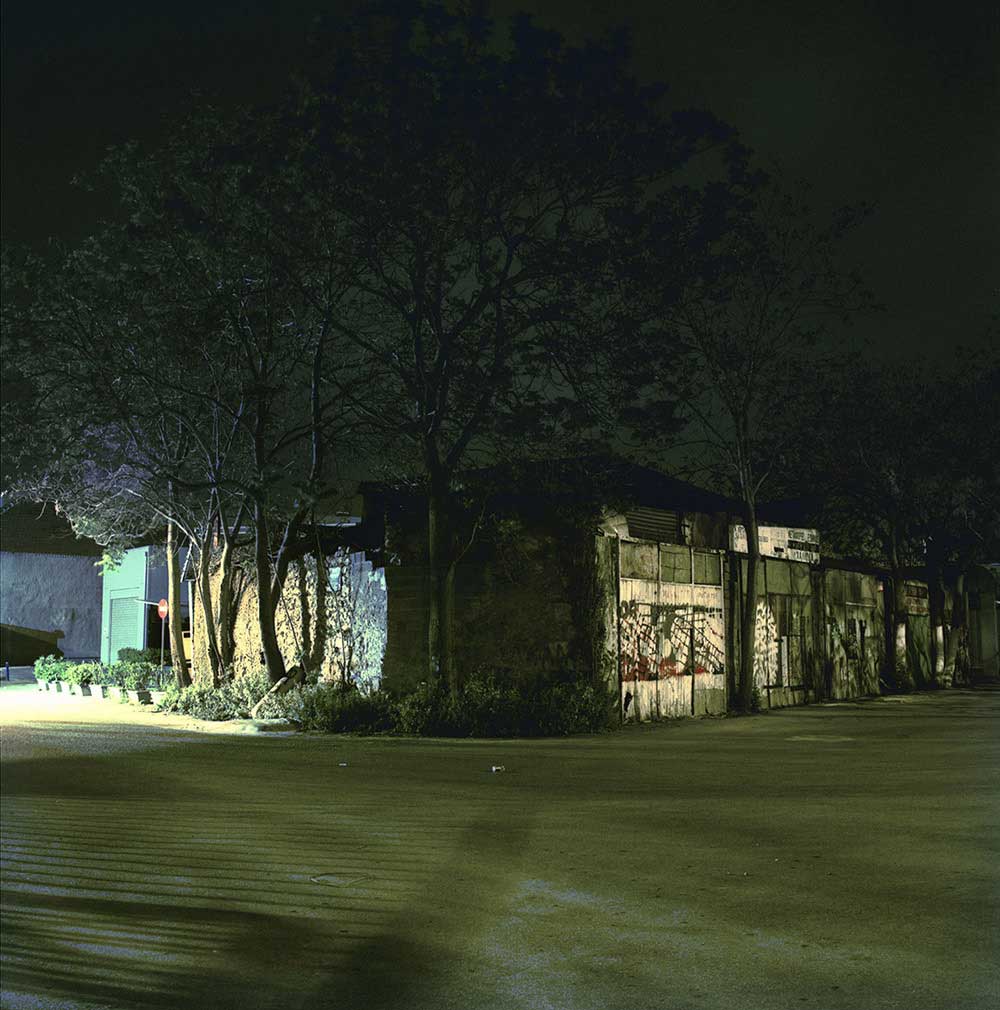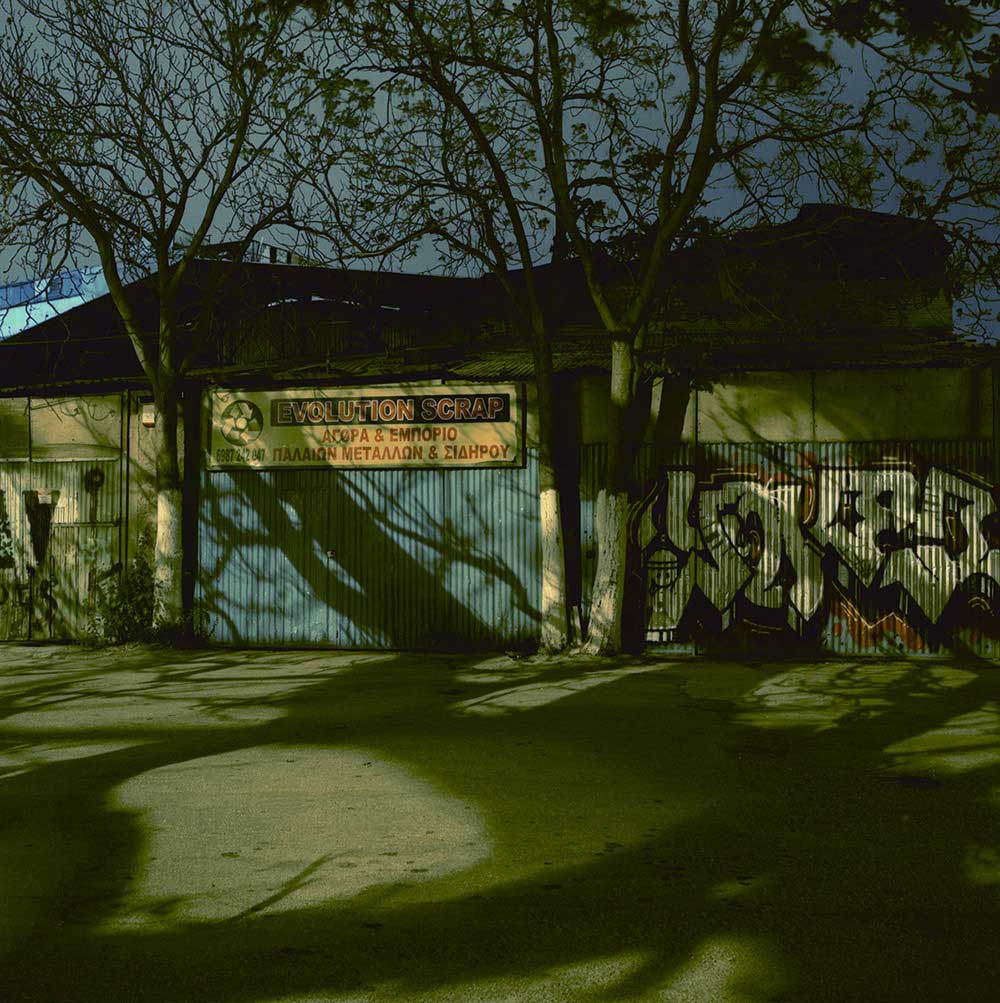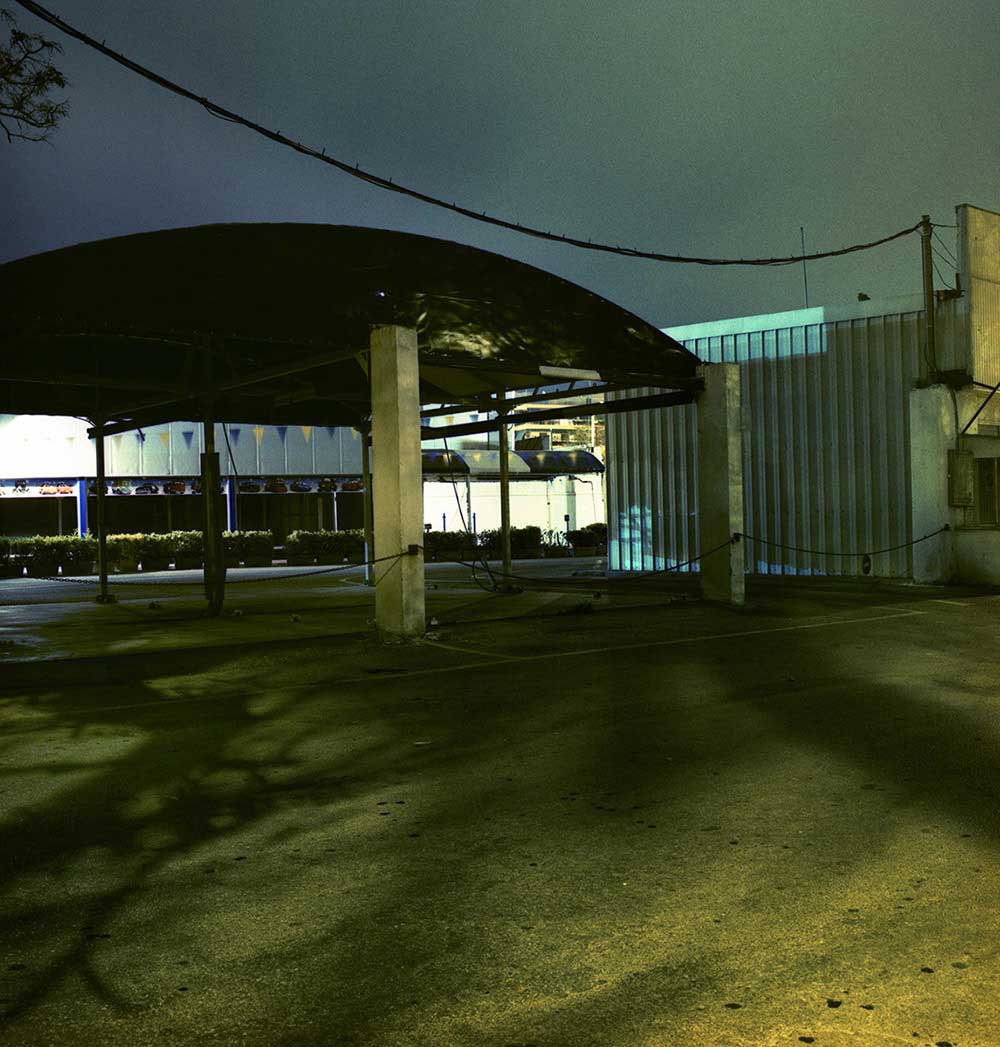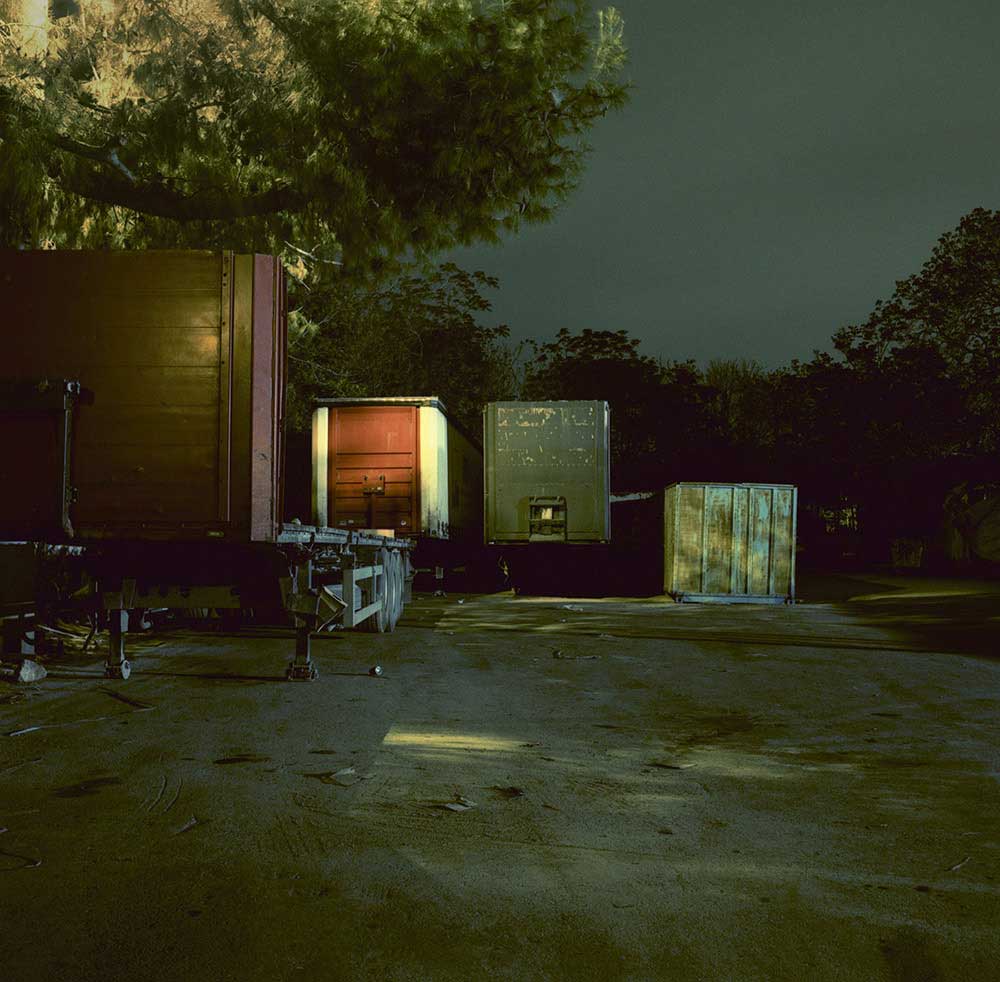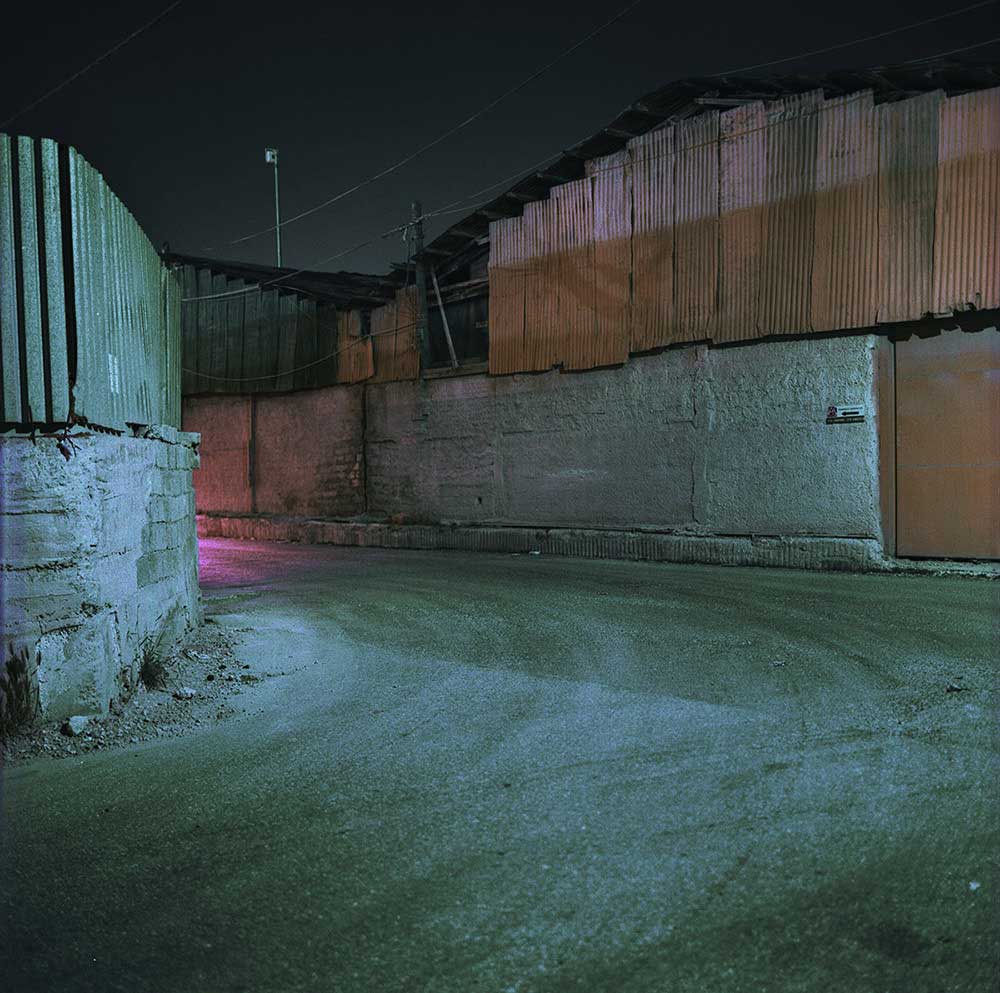The area of Eleonas is for the city of Athens what the unconscious is for the man. We know that it is exists, but we cannot define its border.
After the devastation of the olive trees, the area was treated as a city boundary, in which there were placed all of those who aesthetically disturbed their “soul”.
There, we place what passes under the barrier of meaning, these, which we think they have lost their meaning. As it is a constant interaction between the conscious and the unconscious with the repression and the transformation of desires, similar is an interaction between space and people in the area of Eleonas. This interdependence leads people to cover their needs by taking advantage of the already existing space and buildings of the area. At the other hand, it leads to the formation and configuration of space and buildings. However, these two-way influences seem to be out of balance. The shape and form of the buildings and spaces resemble the idiosyncratic language of the early sketches of an architect, which only he could understand. The same applies for the “linguistic code” of the buildings and spaces of the area: Only the people who use and shape them according to their own needs, can understand it. The whole area of Eleonas is a “recycling” of materials, spaces and buildings.
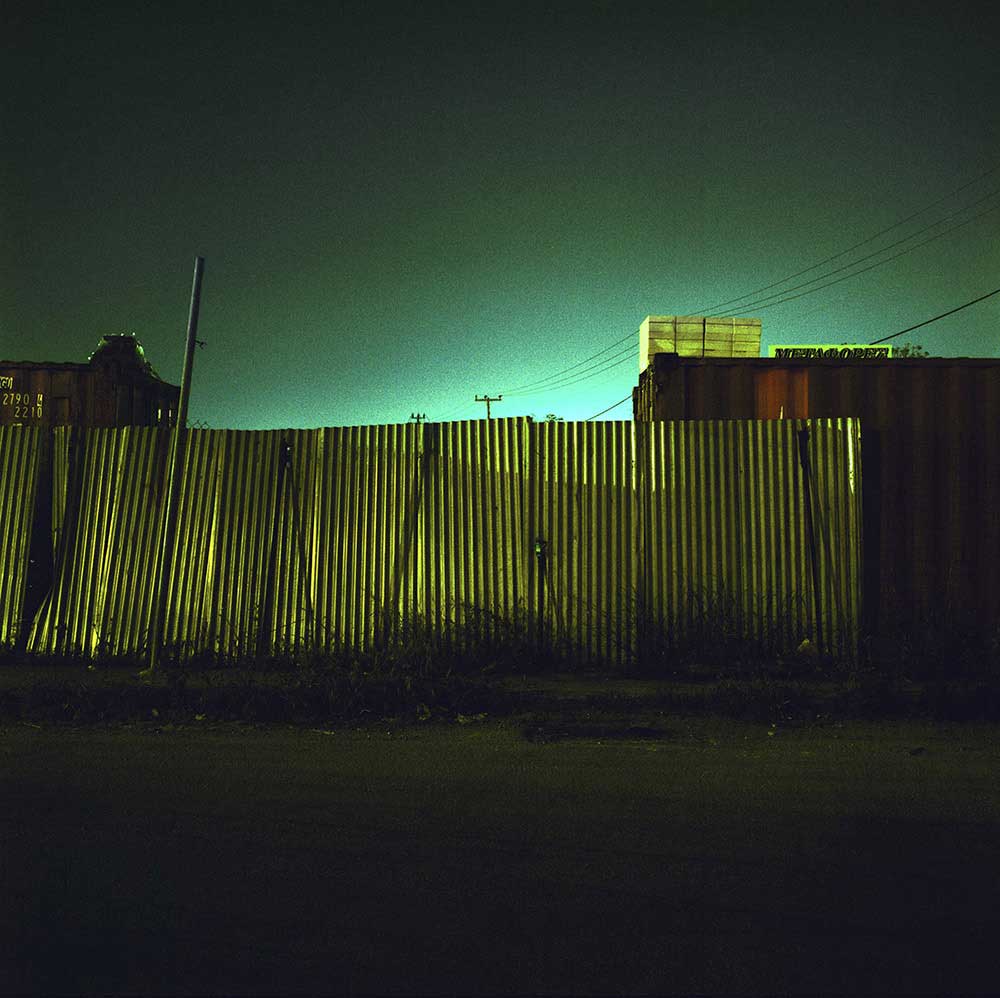
We should go back over the early human construction activities, in times when architectural rules were not established. The idea for these first buildings originated from the arising needs and the available materials. The concepts of the architectural composition were unknown and people formed and transformed spaces in order to find shelter, store their food and shelter tools, and protect their domestic animals. Adding and removing elements in these spaces, considering the available resources, was only taking place in order to solve problems. Over the years people evolved socially and these spaces were treated as “raw materials” that had to be processed and transformed in order to cover the new needs. The same method of reconstruction is also applied in the area of Eleonas: «Somehow, someway, It seems like the early space arrangements and provisions live in us as a primal instinct of habitation” (Tassis Papaioannou 2015, 48). Thus, if we really want to comprehend the formation of the free spaces and buildings of the area, we should take into account these primal instincts.
There is a reason why the choice of the night shots was made. During the evening, the area is almost in a hypnotic state whereas in the morning, the area is characterized by a chaotic activity. “During sleep we have a liberation of desire” (lecture Dr. Ph. Kangelaris at the Technological Educational Institute of Athens 20/05/2015). This happens because there is a withdrawal of our Egotism Defense Mechanisms, mainly of our Ego, which “filters” the emerging human desires, and in correlation a surcease of all those morning activities, that do not allow the observation of the area. The aesthetics of the image series is influenced by the science fiction film BLADE RUNNER (1982).
The images have been taken by an analogic camera and the cross processing technique is used. They have been printed in 50X50 cm (subject matter) with an extra 5 cm white margin. There are no titles, so the viewer is given the freedom to acknowledge the “unconscious desires” of his own city, in spite of their strive to be “something” there are fade to be “nothing”
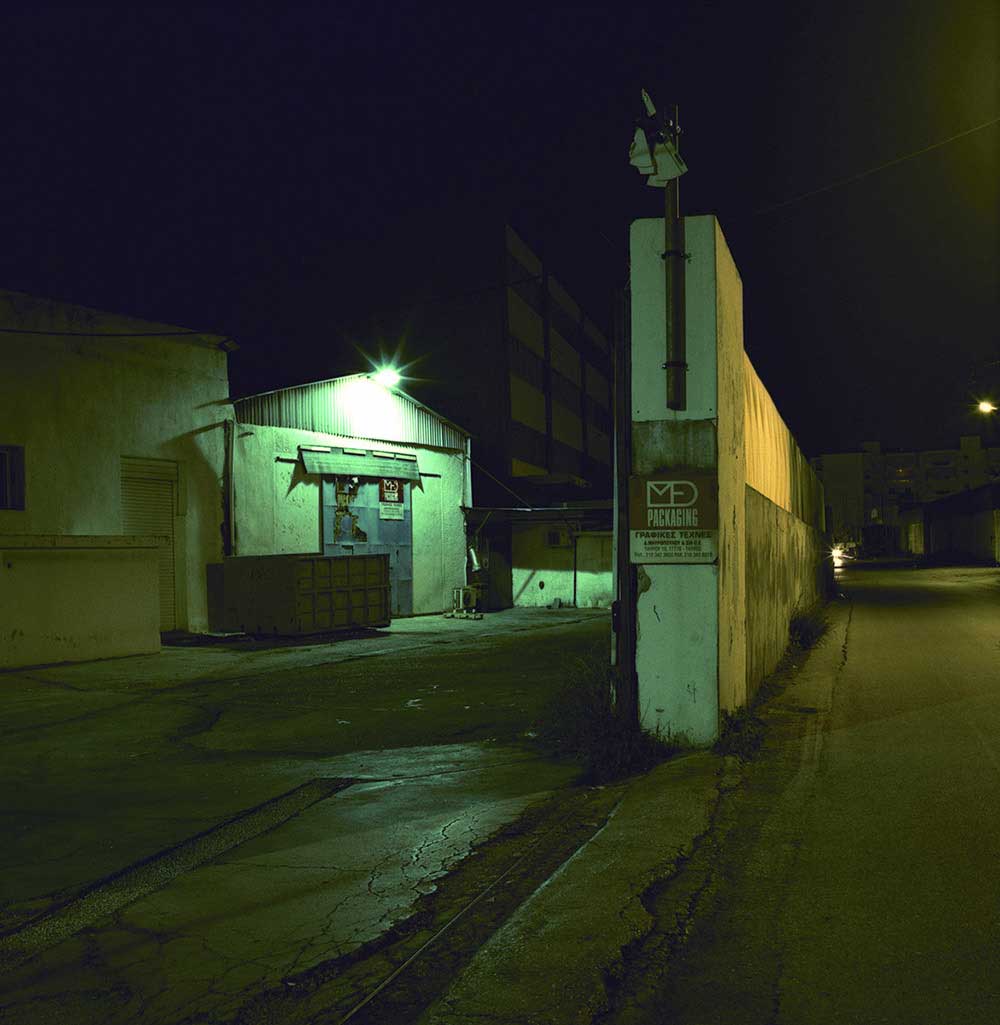
About Zissis Varsamakidis
Zissis was born in Germany. He spent his childhood in Orestiada, which is on the edge of Greece, near the border with Turkey and Bulgaria. The last twenty years lives in Athens. He like psychology and photography. In 2015 graduated from Technological Educational Institute of Athens, Department of Photography and Audiovisual Arts at the age of thirty-eight years. He has been taking part in several small group photo exhibitions.
